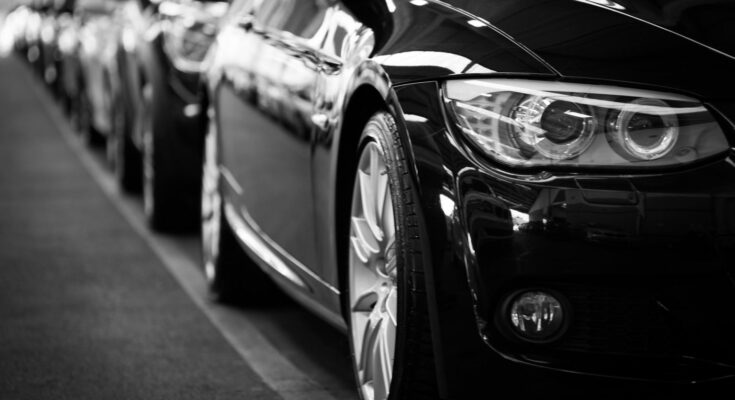Gap insurance is an often misunderstood and overlooked aspect of auto insurance, but it is an important coverage for any vehicle owner to consider. In simple terms, gap insurance is a type of insurance that covers the difference, or gap, between the amount you owe on your vehicle and its actual cash value in the event of a total loss. This can be a lifesaver for those who have financed or leased a new vehicle, as it can protect them from potential financial loss in the event of an accident or theft.
Gap Insurance
To better understand the importance of gap insurance, let’s first delve into what it covers and why it is necessary. When you purchase a brand new vehicle, its value depreciates the moment you drive it off the lot. In fact, it is estimated that a new car loses nearly 20% of its value within the first year of ownership. This means that if you were to get into an accident or have your car stolen during that first year, your insurance company will only reimburse you for the actual cash value of the car, which will be significantly lower than what you owe on your loan or lease.
This is where gap insurance comes in. In the event of a total loss, whether it be through an accident or theft, your primary auto insurance will only cover the actual cash value of your car. This means that you will be responsible for paying off the remaining balance on your loan or lease, which can potentially be thousands of dollars. However, with gap insurance, this difference is covered, alleviating any financial strain or burden on the vehicle owner.
Availability
It is important to note that gap insurance is typically only available for newer vehicles, as it is most relevant during the first few years of ownership when the vehicle’s depreciation is highest. Some insurance companies may offer gap insurance for used vehicles, but the coverage and cost may vary.
Now that we understand the importance of gap insurance, let’s take a deeper look at the different types of gap insurance coverage available. There are two main types of gap insurance – loan/lease coverage and market value coverage.
Loan/lease coverage is the most common type of gap insurance and is typically offered by car dealerships or lenders at the time of purchase or lease. This type of coverage pays the difference between the outstanding balance on your loan/lease and the actual cash value of the vehicle in the event of a total loss. It is a one-time payment that is usually rolled into the total cost of your loan/lease, making it easy to manage and affordable for most vehicle owners.
Market Value Coverage
Market value coverage, on the other hand, is not as commonly offered and is usually purchased as a separate policy through your auto insurance company. This type of gap insurance covers the difference between your vehicle’s actual cash value and the amount your insurance company is willing to pay in the event of a total loss. The ins and outs of this type of coverage can vary, so it is important to carefully review your policy and speak with your insurance provider to fully understand what is covered.
So, is gap insurance necessary for your vehicle? This depends on a few factors such as the amount of your down payment and the length of your loan/lease. For those who have made a substantial down payment, the risk of having negative equity (owing more than your car is worth) is lower, making gap insurance less necessary. However, for those who have made a small down payment or have a long-term loan/lease, the risk of negative equity is higher, making gap insurance a wise investment.
Another important consideration when deciding whether or not to purchase gap insurance is your lender’s requirements. Some lenders may require gap insurance as a condition of your loan/lease, while others may leave it up to the borrower’s discretion. It is always best to check with your lender to see if gap insurance is a requirement before deciding to forego it.
Conclusion
In conclusion, gap insurance is a valuable coverage that can protect vehicle owners from potential financial loss. It is especially important for those who have financed or leased a new vehicle, as it covers the difference between what is owed on the loan/lease and the actual cash value of the vehicle in the event of a total loss. While it may not be a requirement for all vehicle owners, it is definitely worth considering to ensure peace of mind and financial security. So, if you are purchasing or leasing a new vehicle, don’t forget to review your insurance options and strongly consider adding gap insurance to your coverage.
